Michelle Sharp, MD, MHS, shared insights into the complexities of sarcoidosis, describing how she evaluates, diagnoses and treats patients.
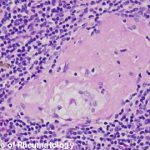

Michelle Sharp, MD, MHS, shared insights into the complexities of sarcoidosis, describing how she evaluates, diagnoses and treats patients.

At a ACR Convergence 2024 session, experts discussed key characteristics, diagnostic challenges & treatment considerations for neurosarcoidosis.
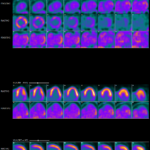
Simranjit Kaur, MBBS, Sirajum Munira, MD, Farooq H. Sheikh, MD, FACC, & Anjani Pillarisetty, MD, RhMSUS |
COVID-19 causes myriad cardiac dysfunctions, ranging from mild to fulminant disease, including myocarditis, acute congestive heart failure, cardiogenic shock and sudden cardiac death.1,2 COVID-19 myocarditis can mimic cardiac sarcoidosis clinically and on cardiac imaging, which can lead to diagnostic challenges and treatment delays. We present a case of cardiac sarcoidosis with interval development of metabolic…
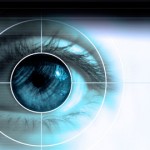
Meghan Berkenstock, MD, summarized key clinical pearls related to uveitis and rheumatic diseases during a session of the 18th Annual Advances in the Diagnosis & Treatment of the Rheumatic Diseases symposium.
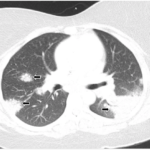
Luis Lora Garcia, MD, Sneha Centala, MD, MS, Gitanjali Lobo, MD, Shahla Mallick, MD, & Diana Girnita, MD, PhD |
Sarcoidosis is a multisystem disease characterized by noncaseating granulomas in affected tissues, mostly involving the lungs and lymph nodes.1,2 The etiology of sarcoidosis remains unknown but is thought to be due to an inflammatory response to an antigen exposure in genetically predisposed individuals.1 Tumor necrosis factor-α (TNF‑α), a pro-inflammatory cytokine, plays an essential role in…

Veronica Matto, DO, Rajshri Shah, MD, Jie Ouyang, MD, PhD, Cory Perugino, DO, & Joseph J. LaConti, MD, PhD |
Sarcoidosis and IgG4-related disease (IgG4-RD) are both immune-mediated, often multi-organ, diseases of uncertain etiology capable of presenting with diverse clinical manifestations. Many clinical features are common to both conditions, including hypergammaglobulinemia, the ability to form inflammatory masses and involvement of the lymph nodes, lacrimal glands, salivary glands, meninges and lungs. Although imaging modalities, such as…

An expert discussed the screening and treatment of sarcoidosis and drug-induced sarcoidosis-like reactions during the 2021 ACR State-of-the-Art Clinical Symposium.
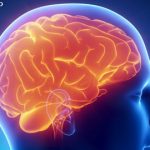
New research into neurosarcoidosis suggests certain clinical and imaging features are indicative of a more aggressive neurological disease. The study provides insight into the clinical features of neurosarcoidosis, as well as the relationship between neurological involvement and systemic disease…

Stimulation with both Kveim reagent and vimentin induces a specific pro-inflammatory cytokine secretion from sarcoidosis PBMCs. Further investigation may identify novel biomarkers to assist the diagnosis of sarcoidosis…

Charles Radis, DO |
Settling into room 501 at Maine Medical Center, Mrs. N was on her way to the bathroom when she felt it coming on. One moment she was okay; the next, her chest felt damp and cold, even as her face flushed and her temperature spiked. Her forehead glistened beads of warm sweat. She felt the…